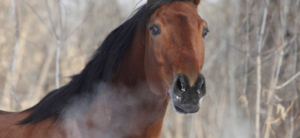 Eight Tips for Healthy Horse Lungs! Inclement weather, medical conditions, management-related issues, overstocking, and limited land. All of these factors play a role in how much time a horse spends indoors. Heaves, a condition in horses that is similar to asthma in humans. Confinement worsens it.
Eight Tips for Healthy Horse Lungs! Inclement weather, medical conditions, management-related issues, overstocking, and limited land. All of these factors play a role in how much time a horse spends indoors. Heaves, a condition in horses that is similar to asthma in humans. Confinement worsens it.
“Heaves, or recurrent airway obstruction, is a common and challenging problem in horses. In many cases it limits their athleticism and lifespan,” said Peter Huntington, B.V.Sc., M.A.C.V.Sc, director of nutrition, Kentucky Equine Research (Australia).
Experts recommend the following guidelines to maximize the respiratory health of horses affected by heaves:
- Maintain the horse outdoors as much as possible. Unless the horse has been diagnosed with pasture-associated heaves.
- Soak or steam hay to minimize the amount of dust and mold liberated from the hay that may be inhaled by your horse.
- When outdoors, avoid the use of round bales. Although convenient, horses tend to plunge their noses into the middle of the bale for prolonged periods of time while feasting. Thus inhaling mold spores and dust. Instead, spread the hay on the ground to promote drainage of mucus from respiratory passages.
- Even indoors, spread the hay on the horse’s stall floor instead of using a haynet or other elevated feeding device.
- Never muck stalls, sweep aisles, or otherwise clean the barn while a horse with heaves is indoors.
- Replace straw bedding with a low-dust alternative such as shredded paper, specialized cardboard products, or even simple rubber matting with a thin layer of absorptive material. Some horses will object to urine splashing on their legs. Some type of bedding will be needed.
- Supplement the diet with the long-chain omega-3 fatty acids docosahexaenoic acid (DHA) and eicosapentaenoic acid (EPA), as these have been shown to reduce inflammation in the lungs. EO-3, a potent marine-derived oil rich in DHA and EPA, is a palatable oil that is top-dressed onto the feed.
Nappie Benefits:
- Try an equine diaper (nappie). According to one study*, ammonia, found in horse urine, causes inflammation of the respiratory tract lining. It is undesirable in a horse with heaves. Horses without a diaper had more than 4 parts per million (ppm) ammonia in their stall after 42 hours, whereas horses fitted with a diaper had less than 1 ppm ammonia in their stall in the same time period. Moreover, horses exposed to higher ammonia levels had decreased feed intake. These results prompted the researchers to conclude that “fitting the diaper effectively decreased exposure of horses to ammonia gas, helped keep the horse in good health, and in addition lowered the cost of bedding.” A nappie, however healthy for a horse, may not be a practical solution for most horse owners.
“In sum, take all possible precautions to protecting your horse’s breathing zone. The two-foot sphere around his nose from where he draws his breath,” advised Huntington.
Resources:
In conclusion, do you have questions about these Eight Tips for Healthy Horse Lungs? Contact us at J & J Hay Farms by clicking here!
*Matsui, A., Y. Inoue, and Y. Asai. 2003. The effect of putting the bag with collecting feces and urea (“equine diaper”) to the ammonia gases concentrate in horse’s pen. Journal of Equine Science. 14(3):75-79.

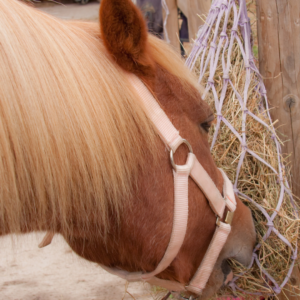 Pros and Cons of Using Haynets: New Information. For every good reason to manage a horse in a particular fashion there seems to be an equally compelling argument to not take that approach. Take haynets, for example. Haynets can be beneficial in some management scenarios. However, a new study suggests they may increase a horse’s risk of neck or back injury.*
Pros and Cons of Using Haynets: New Information. For every good reason to manage a horse in a particular fashion there seems to be an equally compelling argument to not take that approach. Take haynets, for example. Haynets can be beneficial in some management scenarios. However, a new study suggests they may increase a horse’s risk of neck or back injury.*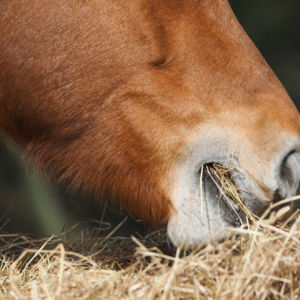 Stereotypies in Horses: New Research. Owners of
Stereotypies in Horses: New Research. Owners of 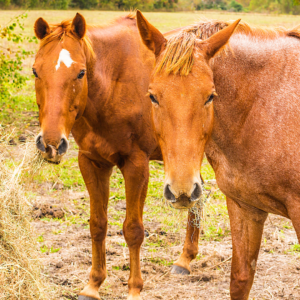 Risk Factors for Squamous vs. Glandular Ulcers in Horses. Despite being grouped together under the umbrella term “
Risk Factors for Squamous vs. Glandular Ulcers in Horses. Despite being grouped together under the umbrella term “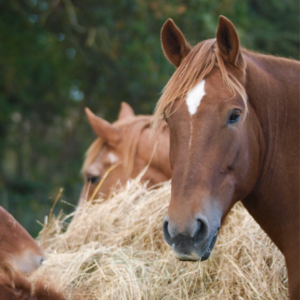 Equine Gastric Ulcer Syndrome: Dietary Management. According to the American Association of Equine Practitioners, approximately 93% of racehorses, 60% or more of performance horses, and 25-50% of foals have or have had equine gastric ulcer syndrome.
Equine Gastric Ulcer Syndrome: Dietary Management. According to the American Association of Equine Practitioners, approximately 93% of racehorses, 60% or more of performance horses, and 25-50% of foals have or have had equine gastric ulcer syndrome.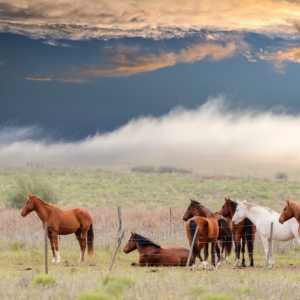 Grazing Behavior in Horses: Monitoring Full-Day Consumption. Research suggests horses graze about 16-18 hours a day if given unrestricted access to pasture. Studies on grazing behavior frequently rely on short periods of observation and data collection. Next, data is extrapolated. Lastly, conclusions are drawn for a complete 24-hour dataset.
Grazing Behavior in Horses: Monitoring Full-Day Consumption. Research suggests horses graze about 16-18 hours a day if given unrestricted access to pasture. Studies on grazing behavior frequently rely on short periods of observation and data collection. Next, data is extrapolated. Lastly, conclusions are drawn for a complete 24-hour dataset. When Your Horse Refuses Hay: An Owner’s Checklist. Several issues may be at play when a horse backs off its hay. The first consideration is whether the issue lies with the horse or with the hay. To help identify the root concern, think about these questions:
When Your Horse Refuses Hay: An Owner’s Checklist. Several issues may be at play when a horse backs off its hay. The first consideration is whether the issue lies with the horse or with the hay. To help identify the root concern, think about these questions: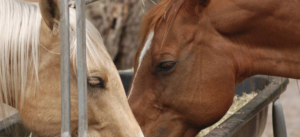 Cost-Conscious Feeding of Horses: A periodic review of your horse’s diet ensures that you’re providing the best nutrition in the most cost-effective way.
Cost-Conscious Feeding of Horses: A periodic review of your horse’s diet ensures that you’re providing the best nutrition in the most cost-effective way.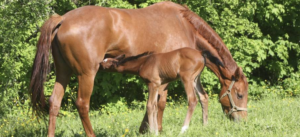 Lactation in Mares: Nutritional Notes. The nutritional requirements of broodmares peak as fetal growth surges in late gestation and as lactation commences after birth. Experts assert that lactating mares may require twice as much dietary energy as horses at maintenance, placing them in the same nutritional classification as intensely worked athletic horses. Owners of broodmares can assure optimal nutrition through provision of a well-fortified diet.
Lactation in Mares: Nutritional Notes. The nutritional requirements of broodmares peak as fetal growth surges in late gestation and as lactation commences after birth. Experts assert that lactating mares may require twice as much dietary energy as horses at maintenance, placing them in the same nutritional classification as intensely worked athletic horses. Owners of broodmares can assure optimal nutrition through provision of a well-fortified diet. Hay: The Favorite Lunch Munch for Horses! As part of their nature, horses have a built-in desire to chew. Evolving as wandering herbivores, horses in their natural state graze off and on all day long. They spend up to 65% of their time in this activity. A stalled horse’s chewing instinct apparently remains strong even if the horse’s nutritional needs are fully met by various feed products other than hay.
Hay: The Favorite Lunch Munch for Horses! As part of their nature, horses have a built-in desire to chew. Evolving as wandering herbivores, horses in their natural state graze off and on all day long. They spend up to 65% of their time in this activity. A stalled horse’s chewing instinct apparently remains strong even if the horse’s nutritional needs are fully met by various feed products other than hay.